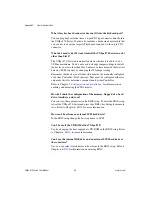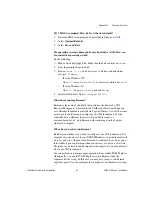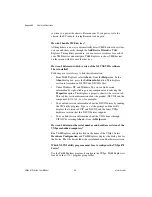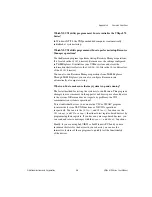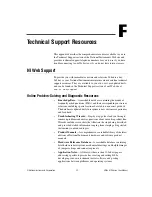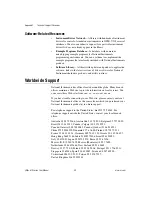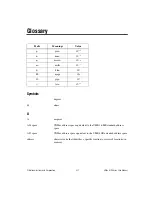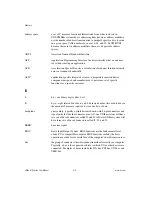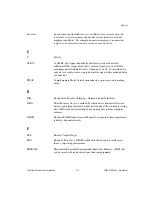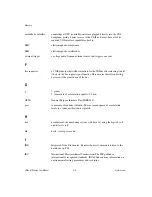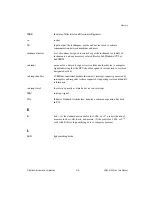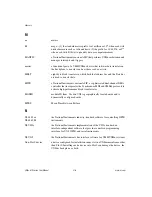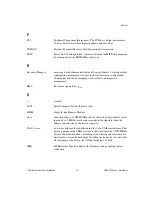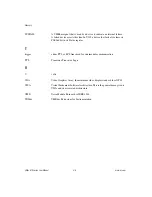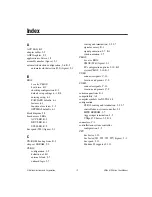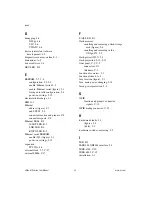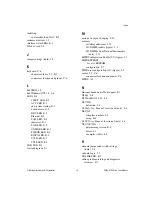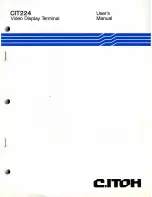
Appendix E
Common Questions
©
National Instruments Corporation
E-3
My CMOS is corrupted. How do I set it back to default?
1.
Enter the BIOS setup program as described in Chapter 6,
2.
Select
Optimal Defaults
.
3.
Select
Save and Exit
.
My operating system is damaged but my hard drive is OK. How can
I re-install the operating system?
Do the following:
1.
Make a bootable floppy disk. Make sure the disk contains
deltree
.
2.
Boot the machine from the disk.
3.
Run
deltree C:\*.*
and answer yes to all files and directories
except
C:\Images
.
•
If using Windows NT:
Go to
C:\Images\os\wint\I386
directory and run
Winnt /B
.
•
If using Windows 98:
Go to
C:\Images\os\Win98
and run
Setup
.
4.
Install all IO drivers from
C:\Images\VXI870\...
What about running Resman?
Resman is the name of the utility that performs the duties of a VXI
Resource Manager as discussed in the VXIbus specification. When you
set a National Instruments controller to Logical Address 0, you will at some
point need to run Resman to configure your VXI instruments. If your
controller uses a different (non-zero) logical address and is a
message-based device, start Resman before running it on the Logical
Address 0 computer.
When do you need to run Resman?
Run Resman whenever you need to configure your VXI instruments. For
example, if you power-cycle your VXI/VME chassis, your instruments will
be reset, and you will need to run Resman to configure them. You can get
into trouble if you run Resman when your devices are not in a reset state.
Therefore, if you have to run Resman after running it once, you should reset
all of your VXI instruments.
You can perform resource manager operations from within T&M Explorer.
Additionally, you can tell T&M Explorer to run Resman when the
computer first boots up. In this case you may never need to run Resman
explicitly again. You can configure the computer to run Resman at startup,














